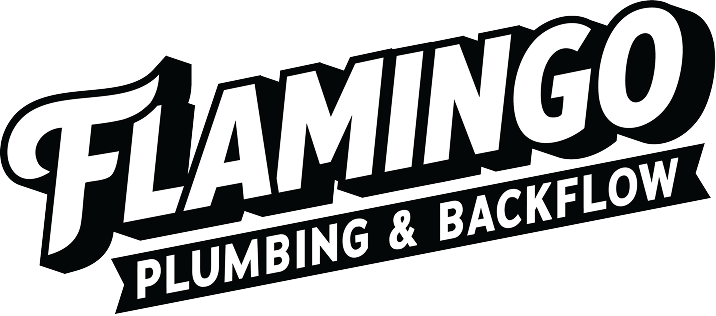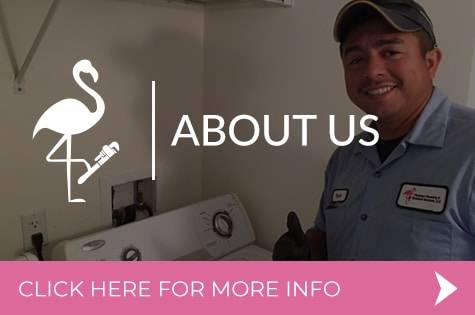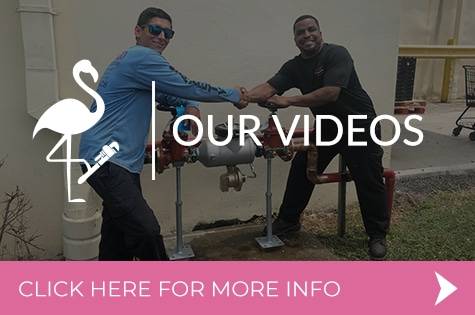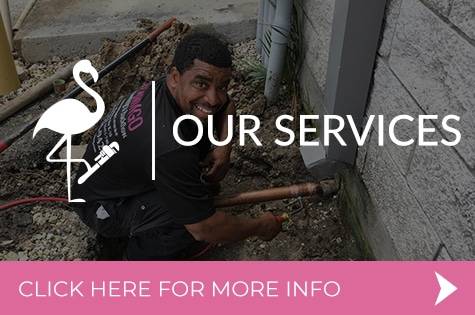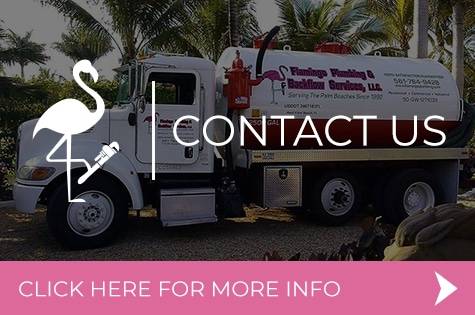When it comes to the comfort and relaxation of a home, a bathtub plays a crucial role. It’s a place where we unwind, wash away the stress of the day, and indulge in some much-needed self-care. However, have you ever stopped to think about the intricate plumbing system that makes it all possible?
Bathtub plumbing is often overlooked by homeowners, but it’s vital to understand how it works and how to maintain it for a seamless bathing experience. In this blog post, we’ll explore some things that homeowners may not know about bathtubs and offer several bathtub plumbing tips to keep them running smoothly.
The Anatomy of Bathtub Plumbing
Let’s start by understanding the basic components of bathtub plumbing.
The plumbing system typically includes a drain, overflow, waste pipe, and hot and cold water supply lines. The drain allows water to exit the tub, while the overflow prevents it from overflowing. The waste pipe connects the drain to the main sewage system, and the water supply lines provide hot and cold water to the tub.
Did you know that there are different types of bathtub drains available? The most common ones include trip lever drains, lift-and-turn drains, and push-and-pull drains. Each has its own mechanism for opening and closing the drain, so it’s essential to know which type you have in your bathtub.
Bathtub Maintenance Tips
Now that we have a basic understanding of bathtub plumbing, let’s explore some maintenance tips to keep everything in excellent working condition.
- Regular Cleaning: Cleaning your bathtub regularly helps prevent clogs and keeps the plumbing system flowing smoothly. Remove any hair, soap residue, or debris that may accumulate in the drain or overflow openings.
- Inspect and Replace Seals: Over time, the seals around the bathtub fixtures may deteriorate, leading to leaks and water damage. Check the seals periodically and replace them if necessary. This will help prevent any water from seeping into the walls or floor, which could cause structural damage.
- Avoid Harsh Chemicals: While it may be tempting to use strong chemical cleaners to clear clogs, they can damage the pipes and cause further problems. Instead, opt for natural alternatives like baking soda and vinegar or use a plunger to clear minor clogs.
- Monitor Water Pressure: Excessive water pressure can strain the bathtub plumbing system and lead to leaks or burst pipes. Install a pressure regulator to ensure the water pressure remains within a safe range.
- Address Leaks Promptly: If you notice any signs of leaks, such as water stains or dripping sounds, don’t ignore them. Leaks can worsen over time and cause extensive damage. Contact a professional plumber to inspect and repair the issue promptly.
- Prevent Frozen Pipes: In colder climates, take precautions to prevent frozen pipes, as they can lead to bursting and water damage. Insulate exposed pipes and allow a slight drip of water during freezing temperatures to keep the pipes from freezing.
- Know When to Seek Professional Help: While some minor plumbing issues can be handled by homeowners, it’s important to recognize when a professional plumber is needed. If you’re facing persistent clogs, major leaks, or any other complex plumbing problems, it’s best to call in one of our experts from Flamingo Plumbing & Backflow Services to avoid further damage.
When you implement these maintenance tips, you can ensure that your bathtub plumbing remains in excellent condition and provides you with years of hassle-free bathing experiences.
Implementing Bathtub Plumbing Tips for Relaxation and Enjoyment
Bathtub plumbing is an essential aspect of home maintenance that homeowners should not overlook. Understanding the basic components and implementing proper maintenance practices can help prevent costly repairs and ensure a seamless bathing experience.
By taking care of your bathtub with these bathtub plumbing tips, you can relax and enjoy your time in the tub without any worries. So, go ahead and indulge in that soothing bath – your well-maintained bathtub plumbing has got you covered.
